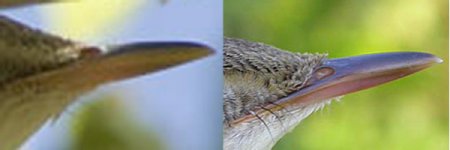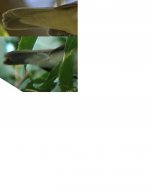JANJ
Well-known member
Hello all.
What´s your opinion about the warbler called Sykes on this site?
Check the tail tip and lenght of undertail coverts. :eek!:
http://www.alsirhan.com/Blog/
JanJ
What´s your opinion about the warbler called Sykes on this site?
Check the tail tip and lenght of undertail coverts. :eek!:
http://www.alsirhan.com/Blog/
JanJ





